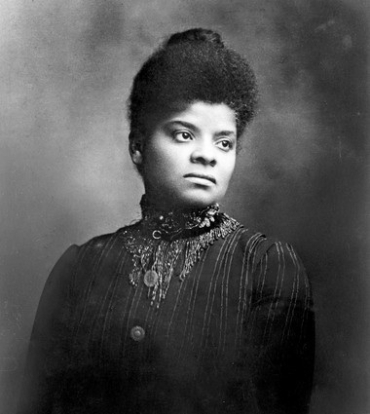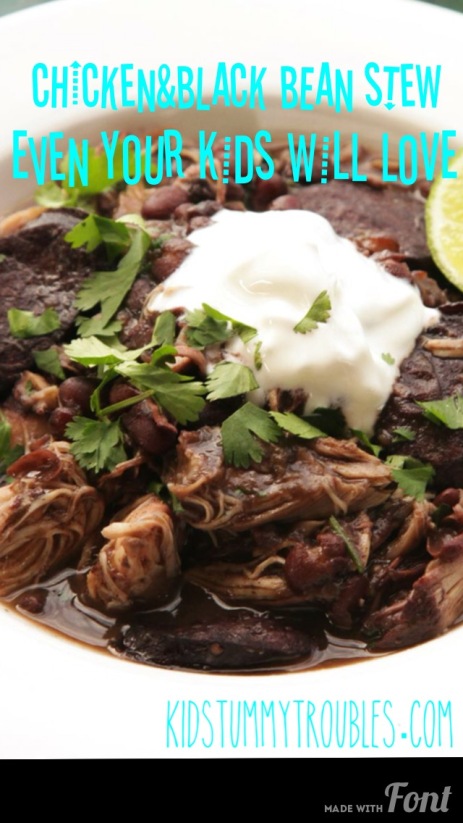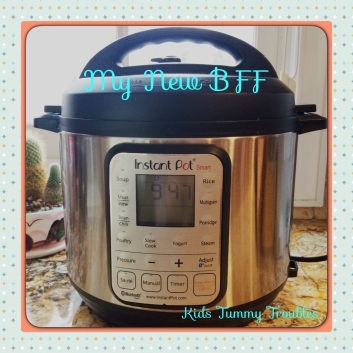
In our lives, we will all experience loss. It is part of the “circle of life”, (yup Disney reference there but we all know how Disney loves to incorporate death in the first 10 minutes of all their animated films). However when trying to explain this to young children it can sometimes be difficult and challenging. My girls have attended funerals before and we explained everything to them about the sadness that they will see in everyone, and all the people will be crying, etc. But it was never anyone very close to them. We recently experienced the loss of my kids biggest protector, playmate and even at times their largest bully- our beloved family dog Duke. He was 11 years old and we had him prior to marriage and kids. My husband and I joke that we always have 4 kids- our 2 girls and our 2 dogs. Our girls grew up at times taking his presence for granted, assuming that all families had a pet and that they were treated the same as our 90 lb beautiful, playful, goofy Weimereiner.
For many children, the death of a pet will be their first exposure to death. The relationship that children build with their pets are very strong, and the death of a family pet can be very upsetting. This may also be the first time that kids see their parents truely upset and cry. Don’t minimize its importance, or immediately replace the dead pet with a new animal. Instead, give your child time to grieve for his dog or cat. This is an opportunity to teach your child about death in a healthy and emotionally supportive way. There are a few things that we should know when we try to help our children through the grieving process. At least this is what I noticed with my kids and wanted to share it, hoping others will find these techniques useful.

Be Honest and Direct
Robin Goodman, Ph.D., a clinical psychologist, art therapist, and author of The Day Our World Changed: Children’s Art of 9/11, explains: “When you don’t tell the truth it makes feelings and information go underground, which is never good. Kids also get crazy ideas because they have to make up information to fill in the blanks.” She adds, though, that your child’s age and personality will determine how much information they can tolerate or process. With our daughters, the 7 yo was able to understand when I discussed with her how sick our dog was and that he was in pain and might “die soon.” I felt it important to not mask it with “go to sleep” or other variations. However, my 4 yo understood that he was sick but did not understand the concept of death. She was expecting him to come back home even a few weeks after, thinking he would come back from Heaven to us again. When discussing death, never use euphemisms. Kids are extremely literal, and hearing that a loved one “went to sleep” can be scary. Besides making your child afraid of bedtime, euphemisms interfere with his opportunity to develop healthy coping skills that he will need in the future.
“Think of it as an open discussion, not a lecture,” Dr. Goodman says. “Start with some basics to open the discussion, then find out what they know and think, which will lead you to how much they need to know and any incorrect information they may have.” Alan D. Wolfelt, Ph.D., Director of the Center for Loss and Transition in Fort Collins, CO, says, “Children can only deal with what they know, not what they don’t know.” By trusting your kids to handle the news, you send the message that they can come to you for anything.
Most young children are aware of death, even if they don’t understand it. Death is a common theme in cartoons and television ( again Disney puts it in every movie- they are always killing off a parent or family member) and some of your child’s friends may have already lost a loved one. But experiencing grief firsthand is different and often a confusing process for kids. As a parent, we want to always protect our kids from the pain of loss, but we can’t always do that. What we can do is help them feel safe. And by allowing and encouraging him to express his feelings, you can help him build healthy coping skills that will serve him well in the future.

Every child grieves differently
After losing a loved one, a boy may go from crying one minute to playing the next. His changeable moods do not mean that he isn’t sad or that he has finished grieving; children cope differently than adults, and playing can be a defense mechanism to prevent a child from becoming overwhelmed. It is also normal to feel depressed, guilty, anxious, or angry at who has died, or at someone else entirely. Very young children may regress and start wetting the bed again, or slip back into baby talk.
Our family dealt with the grieving process together. My oldest daughter was trying to be too strong. I talked to her and told her it was okay to be sad and cry. I also told her that we were all very sad and were going to miss Duke very much and that both Mommy and Daddy cried alot when Duke died earlier in the day. That finally made her feel that she was allowed to cry over it, I think she was trying to be strong for her little sister. Meanwhile, the little sister took it all very smoothly, she turned it into a joyful occasion that he was now in Heaven with Jesus. She talked about having a guardian angel now and that he was in a very happy place. Her happy, upbeat personality helped our family.
Encourage kids to express feelings
It’s good for kids to express whatever emotions they are feeling. There are many good children’s books about death, and reading these books together can be a great way to start a conversation with your child. Since many children aren’t able to express their emotions through words, other helpful outlets include drawing pictures, building a scrapbook, looking at photo albums, or telling stories. We decided to look through all of the pictures we had and made a photo album of our silly doggie so that we could always remember him and look at it when we missed him. That helped the girls tons, they were able to laugh looking at the pictures and we reminisced about all his silly antics together.

Be developmentally appropriate
It is hard to know how a child will react to death, or even if she can grasp the concept. Don’t volunteer too much information, as this may be overwhelming. Instead, try to answer his questions. Very young children often don’t realize that death is permanent, and they may think that a dead loved one will come back if they do their chores and eat their vegetables. As psychiatrist Gail Saltz explains, “Children understand that death is bad, and they don’t like separation, but the concept of ‘forever’ is just not present.”
Older, school-age children understand the permanence of death, but they may still have many questions. Do your best to answer honestly and clearly. It’s okay if you can’t answer everything; being available to your child is what matters.
Another consideration with the death of pets is if you want to take your children with you if you choose to have the veterinarian help euthanize or “put your pet down.” Base this decision on if your kids are at a developmentally appropriate age to allow them to see it. Many children will not understand the scenario and may see it as their parents choosing to kill their pet versus to end their suffering. This may only add to their confusion and grief when they are younger ages.
Incorporating your religious beliefs
Discussing your religious beliefs, such as heaven or an afterlife, with your kids can be very helpful to a grieving child. Now is the time to share these beliefs. But even if you aren’t religious you can still comfort your child with the concept that a person continues to live on in the hearts and minds of others. You can also build a scrapbook or plant something that represents the person you have lost. My youngest daughter, 4 yo, attends catholic preschool and on her own she asked her teacher if the class could say a prayer for her dog that was now in heaven. Even at that age and of her own accord, she chose to express her grief and find solace through our faith. This brings up also the importance to inform all teachers and school advisors about the death so that they can help your child during the day if needed. It’s important for their school to know why your child may be withdrawn or sad during the school day.

Don’t ignore your own grief
Children will often imitate the grieving behavior of their parents. It is important to show your emotions as it reassures children that feeling sad or upset is okay. However, reacting explosively or uncontrollably teaches your child unhealthy ways of dealing with grief.
Stick to routines
Children find great comfort in routines, so if you need some time alone, try to find relatives or friends who can help keep your child’s life as normal as possible Although it is important to grieve over the death of a loved one, it is also important for your child to understand that life does go on.
Seeking additional help and support
If you notice that your child seems unusually upset and unable to cope with the loss, she may have something called adjustment disorder. Adjustment disorder is a serious and distressing condition that some children develop after experiencing a painful or disruptive event. It is a good idea to consult your child’s doctor if you feel that your child isn’t recovering from a loss in a healthy way.
Stay Healthy and Be Well. Please share your thoughts and comments.
#RIPDuke 3/16/16 #kidstummytroubles #Grief #mansbestfriend

























